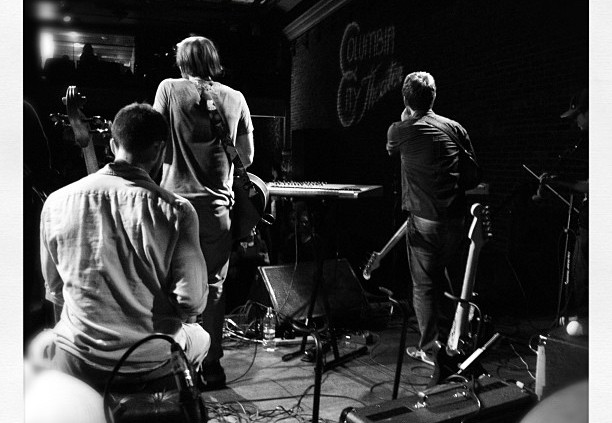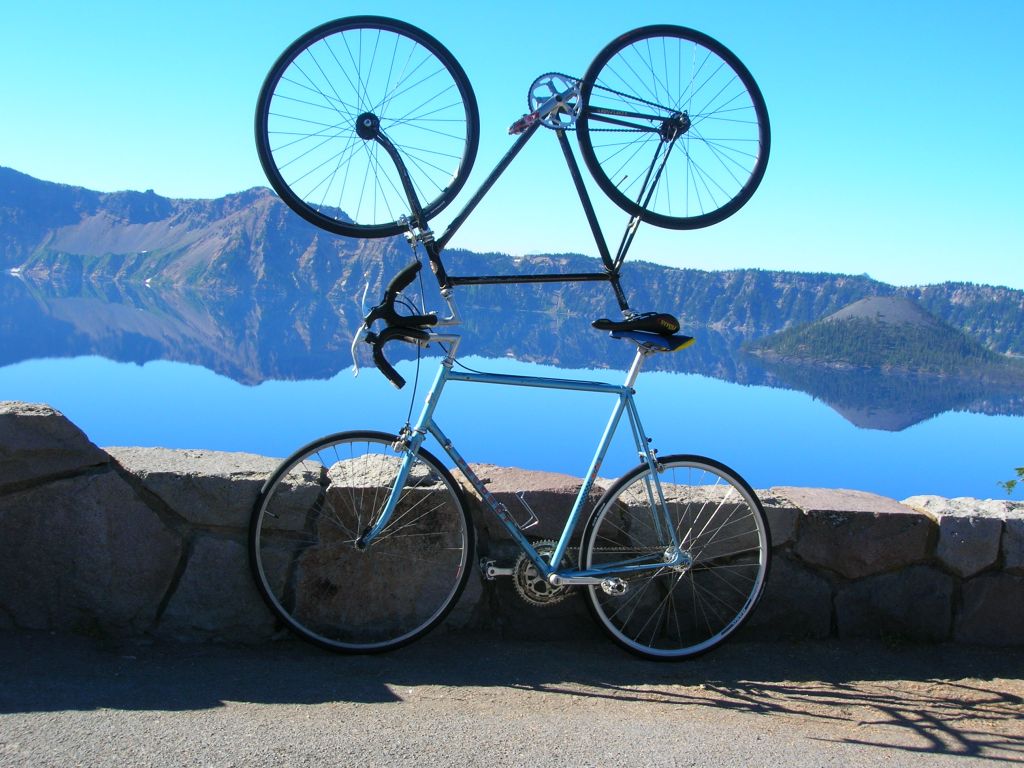Craving Control
I’m back in Seattle, getting into the swing of life in the States. The process has been slowed by spending a few dozen nights in the woods leading backpacking trips for the local YMCA. But I’m getting used to it, and I’m starting to pick up on some big things that have changed for me since my travels in India.
One of the main differences is control. After a couple months in India, I became totally at ease with the lack of control I was able to assert over any situation. Things never worked exactly how I wanted them to. There was always an element of uncertainty due to the general insanity of the place. Buses broke down, trains got delayed, holidays and strikes happened often and unexpectedly, cows blocked roads. The list goes on. The magical thing is that everything worked out anyway. Once I learned to set intentions rather than specific plans for how things would unfold, life progressed swimmingly.
Seattle (any typical US city?) is different. We’ve got smartphones with maps and email and to-do lists. We plan our days down to the minute. We over-schedule ourselves and keep our pockets buzzing non-stop. For what? Fear of missing out? Worry of wasting time? Not wanting to be alone? Avoiding unpleasant interactions? Everyone has their own reasons, but it seems to be natural for our brains to crave control of our time (and presumably, our lives), to make sure we’re doing what we consider the best, most productive, or most efficient at all times.
The ability to hyper-control our lives isn’t all dandelions and rainbows, though. First of all, it puts some serious pressure on us to make the right decisions all the time. When we have the attitude of complete control, we also take responsibility for everything that’s not perfect. Whenever something goes wrong, it’s our fault. It’s because we didn’t plan well enough or we didn’t take into account some minute detail. But here’s the catch: nothing is ever perfect. No matter how well we plan and scheme and organize, something will always get us. Our world is too complex. The second law of thermodynamics.
Secondly, and more subtly, imposing complete control pushes the universe out of our lives. The world is full of synchronicity, unexpected connection, and good things happening for no apparent reason. When we schedule every minute, we don’t leave room for the universe to play its quiet role in guiding our lives. Out of fear, we close ourselves off to the unknown, when in fact the unknown is exactly where the greatest things happen. We lop off the magnificence of nature to avoid potential pitfalls. We narrow our experience, limiting it to the bounds of our own imaginations. Sure, a lot of people have pretty great imaginations, but none of them stack up to the collective imagination of the universe.
This sounds hippie-dippie, but I’m convinced there’s something to it. Every time a phone vibrates in our pockets, some train of thought is mercilessly derailed. Every time we hustle down the street, late for an appointment, we miss the chance encounters that could make our day memorable. Every time we book our day solid, we’re probably too tired by the end to be receptive to that energy in the first place.
My intention for the next few months is to take things slower, to cultivate receptivity, and to let creativity continue to blossom in my life. I believe this is possible, even in a busy, stress-inducing environment. It takes mindfulness, deep breaths, and eye contact. It takes some time alone, some time away from the phone, and some time left unscheduled. But mostly it takes the intention to make it happen, and the motivation to do it. Summer is a great time to slow down, and a great time to practice bringing openness and vibrancy into our lives. Enjoy it!




